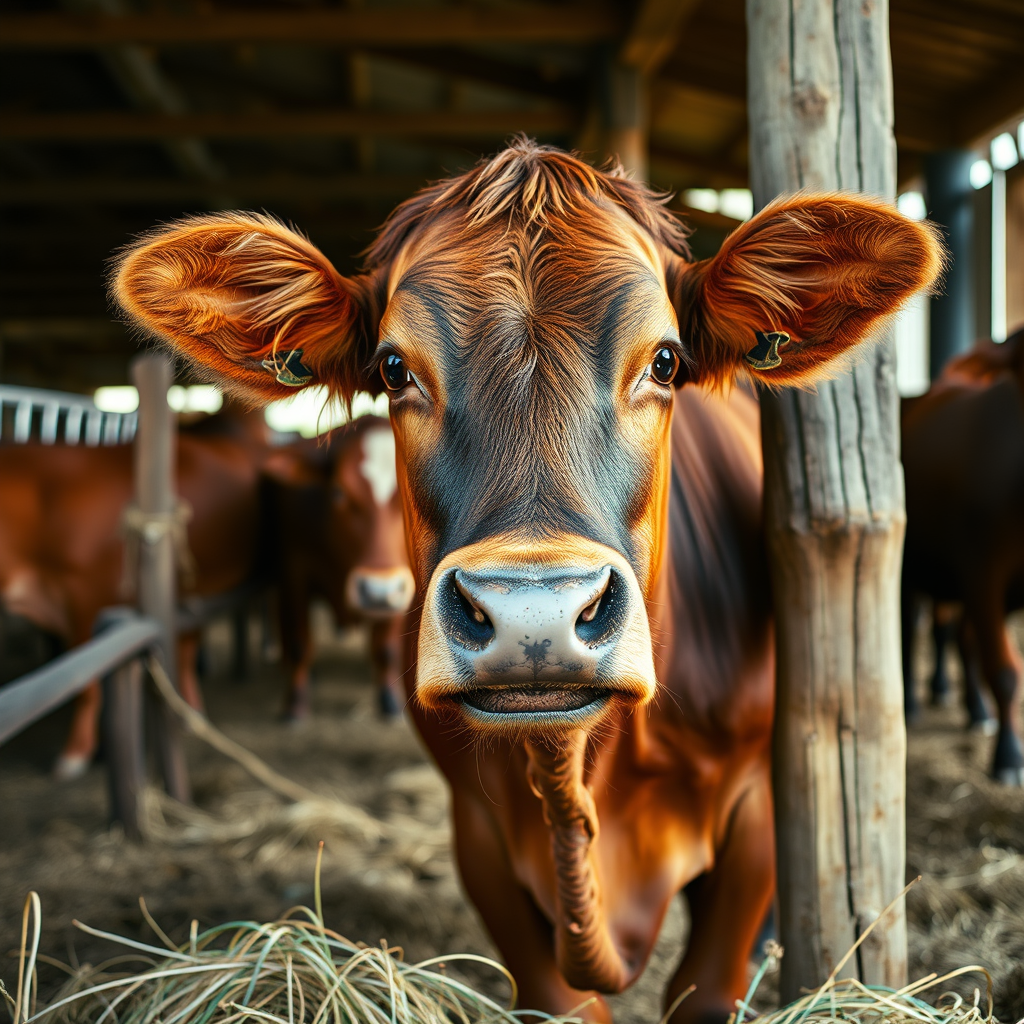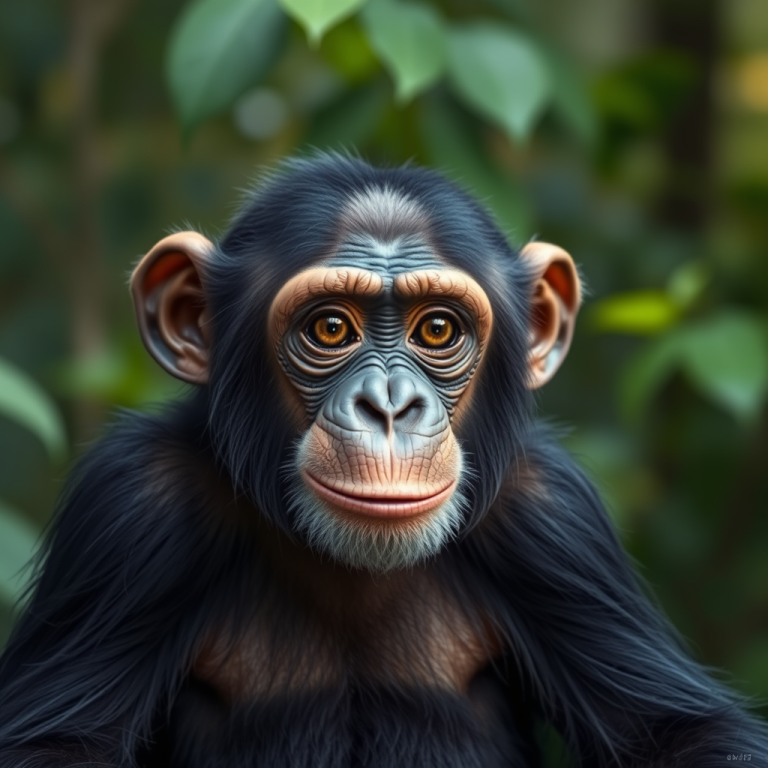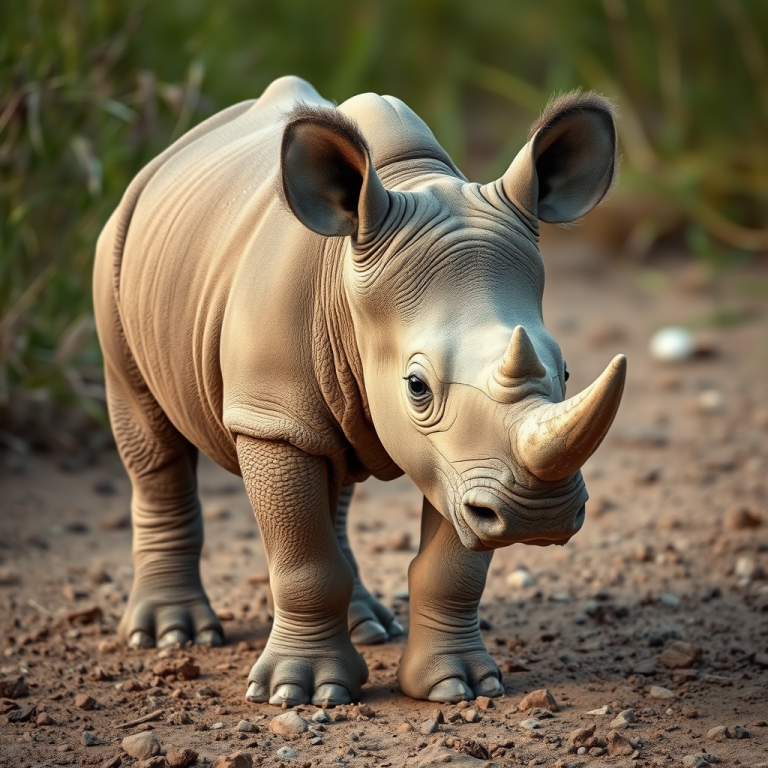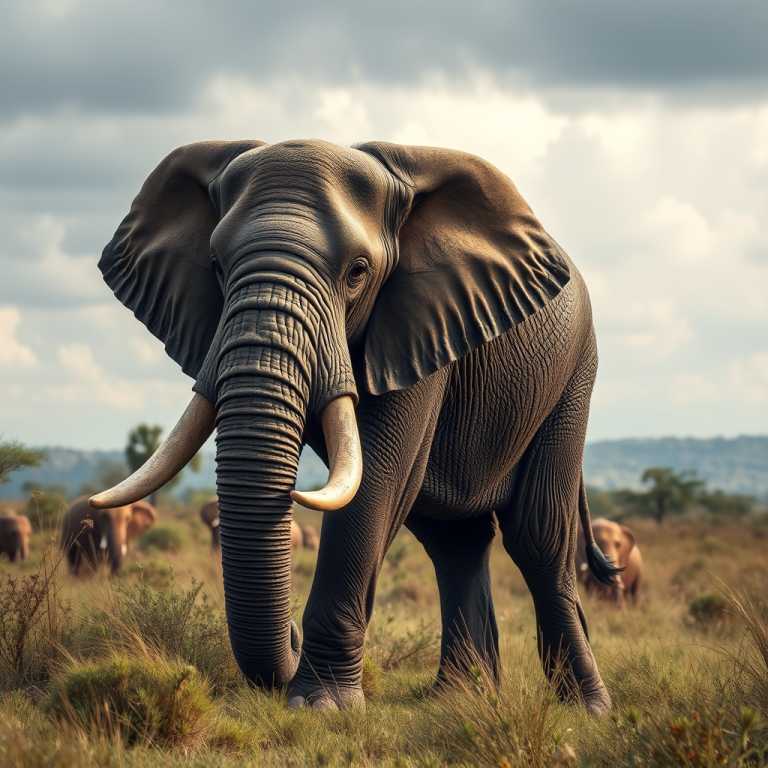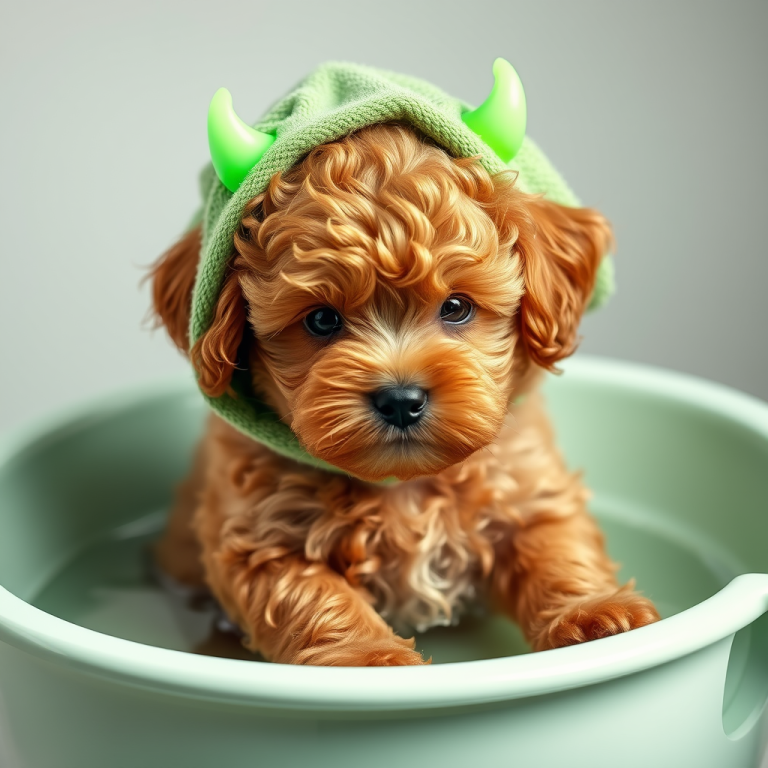Brown Cows: More Than Just a Familiar Face in the Field
Brown cows are often overlooked because they’re so familiar, but these gentle grazers have deep roots in agriculture, culture, and ecology. Whether standing quietly in a pasture or walking toward the feeding trough at sunset, they carry a kind of peaceful presence that’s easy to take for granted. But brown cows, in all their breeds and variations, have unique characteristics and histories that make them more than just “the brown one in the herd.”
Not Just One Breed
The term “brown cow” doesn’t refer to a specific breed—it covers several breeds that share a similar coat color. The most well-known is the Jersey cow, famous for its soft brown coat and high-butterfat milk. Others include Brown Swiss, one of the oldest and most productive dairy breeds in the world, and Devon and Ayrshire cattle, which also come in rich shades of reddish-brown. Coat color can vary from light fawn to deep chocolate, sometimes with white markings. What they all share is a steady temperament and strong adaptability.
The Truth About Chocolate Milk
Let’s clear this up: brown cows do not produce chocolate milk. That’s a common myth, especially among kids, but all cows produce white milk regardless of their coat color. The flavor, richness, and nutritional content of a cow’s milk depends more on the breed, diet, and health of the animal than on the color of its fur. Jerseys, for example, are prized for their creamy milk, which is richer in fat and protein than Holstein milk.
Hardworking in the Dairy World
Brown dairy cows like the Jersey and Brown Swiss are some of the most productive in the industry. Jerseys are smaller in size but produce milk with higher butterfat and protein, which is ideal for making cheese, butter, and cream. Brown Swiss are larger, calm, and strong milkers known for producing large volumes of high-quality milk with excellent cheese-making properties. Their quiet nature and strong legs make them favorites on both small family farms and large dairy operations.
Beef Breeds with a Brown Coat
Not all brown cows are dairy animals. Several beef breeds, such as Red Angus, Devon, and Limousin, have brown or reddish coats and are raised primarily for meat. These breeds are selected for their muscle quality, growth rate, and ability to thrive in various climates. Red Angus, in particular, is popular in North America for its docile nature and marbled meat, which is prized by chefs and ranchers alike.
Smart, Social, and Surprisingly Curious
Cows are often thought of as simple animals, but they’re smarter than people realize. They have strong social bonds, recognize individual faces—both human and cow—and even develop friendships within their herds. Brown cows, like any other, form tight-knit social circles, learn from each other, and respond to consistent human interaction. They can also be trained to follow voice commands or routines and remember familiar people and places for years.
Rural Icons and Cultural Symbols
Around the world, brown cows have become symbols of pastoral life and agricultural tradition. In many cultures, cows—especially those with gentle, earthy colors—are seen as symbols of patience, nourishment, and calm strength. In Hindu tradition, all cows are sacred, and brown cows are often portrayed in religious art and rural village life. Even in Western culture, the image of a brown cow grazing under a golden sky evokes a feeling of peace and self-sufficiency.
Adapted for Many Environments
Brown cow breeds can be found on every continent except Antarctica. Their versatility is part of what makes them so common. Some breeds are heat-tolerant, while others handle cold, wet climates without issue. Their coats also serve a purpose—darker brown shades absorb sunlight in cooler areas, while lighter tones reflect heat in warmer zones. This natural adaptation makes brown cows reliable animals for farmers in diverse regions.
Final Thoughts
Brown cows may not grab attention the way exotic wildlife does, but their quiet importance can’t be overstated. They’re providers of food, caretakers of tradition, and daily reminders that not all strength has to roar. In fields around the world, these cows move slowly and purposefully, living lives shaped by rhythm, connection, and care. Whether they’re giving milk, raising calves, or simply grazing in a sunlit field, brown cows represent the kind of calm, grounded beauty that often goes unnoticed—but should never be underestimated.
If you’re curious about the wonders of wildlife, stick around—there’s a whole world to explore at Wonder of Wild.
